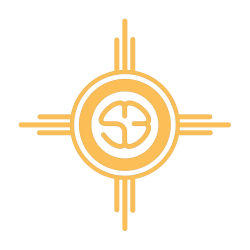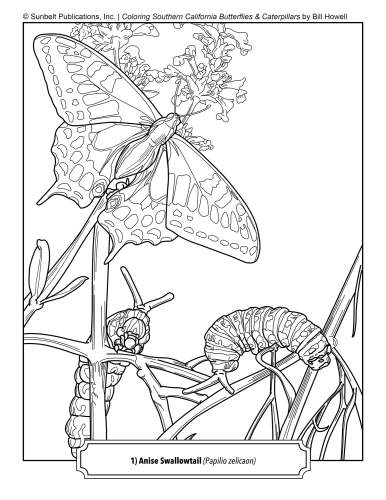Succulent Dish Garden Demo and Solana Succulents Nursery Tour with Jeff Moore
On his Sunbelt Spotlight, Jeff Moore showed us around part of his retail nursery, Solana Succulents, and demonstrated how to create not just one, but two succulent dish gardens, all while sharing his wealth of knowledge about succulent plants and the hobby.
Solana Succulents is located at 355 N. Hwy 101, Solana Beach, CA. 92075. It is open Monday and Tuesday by appointment only, Wednesday through Saturday from 10:00 am to 4:00 pm, and Sunday from 12:00 pm to 4:00 pm.











